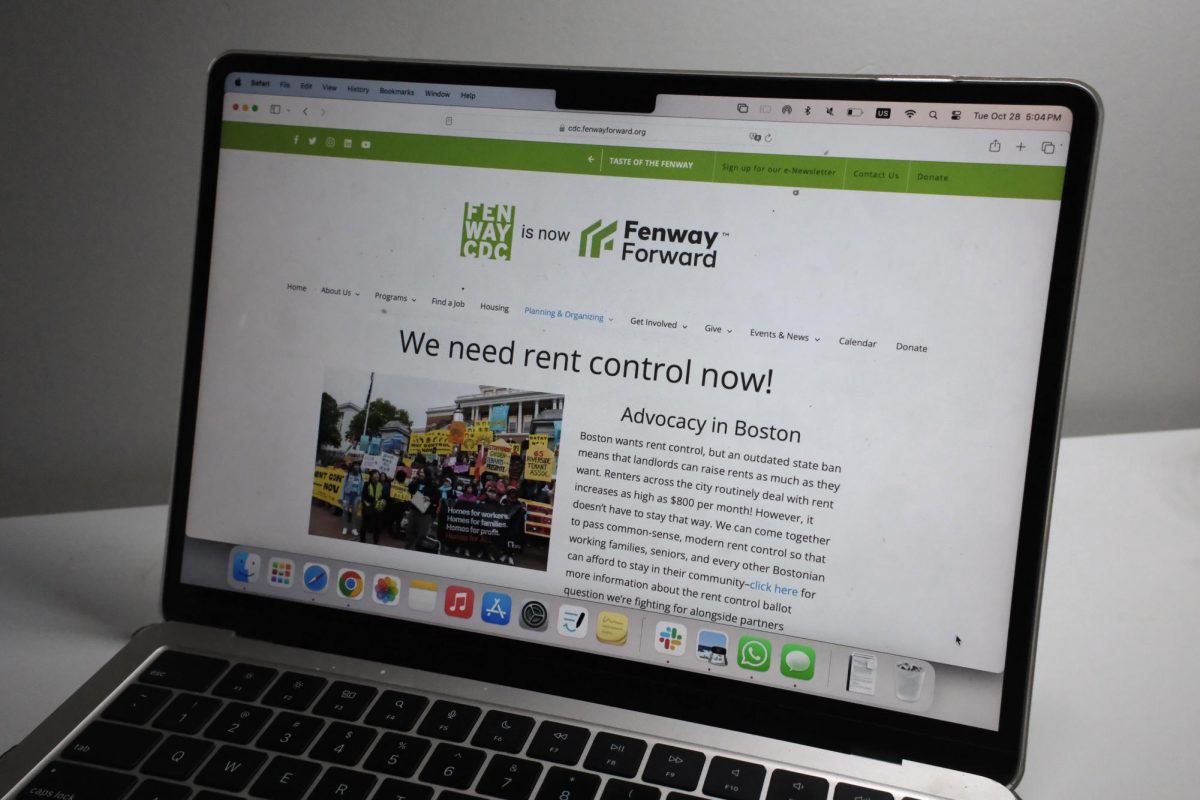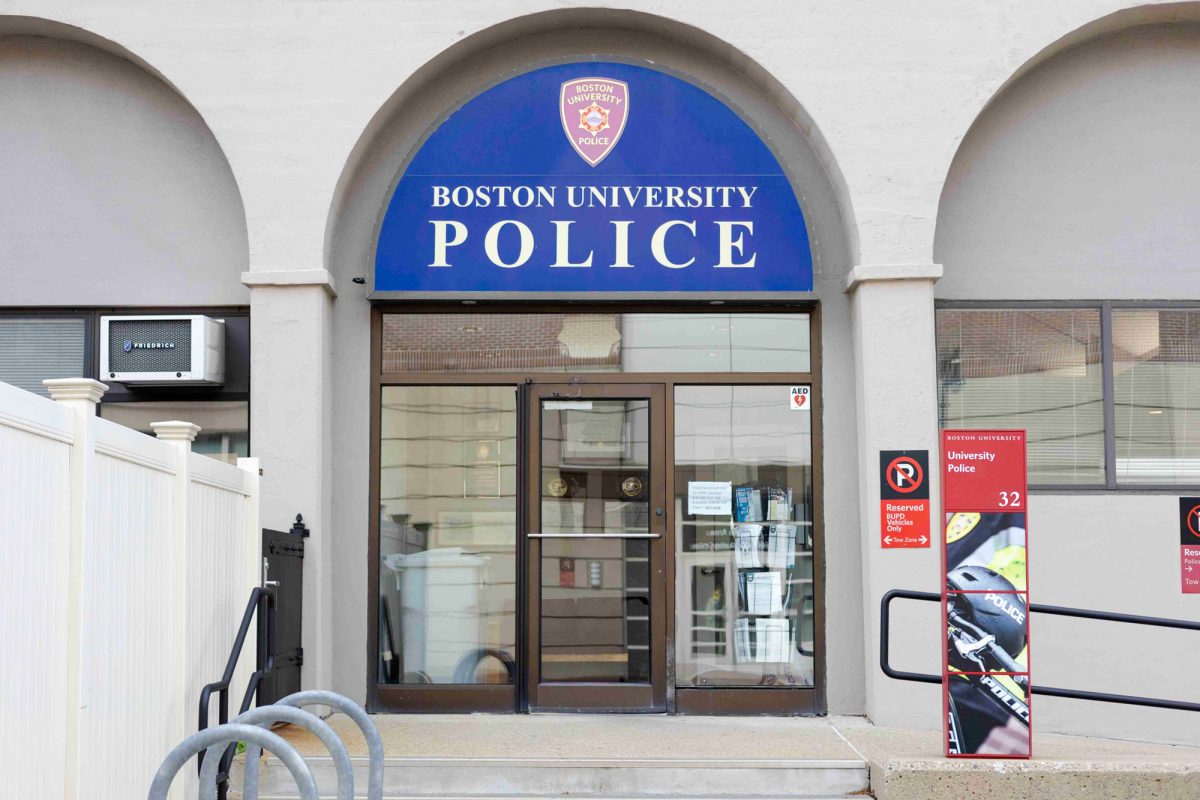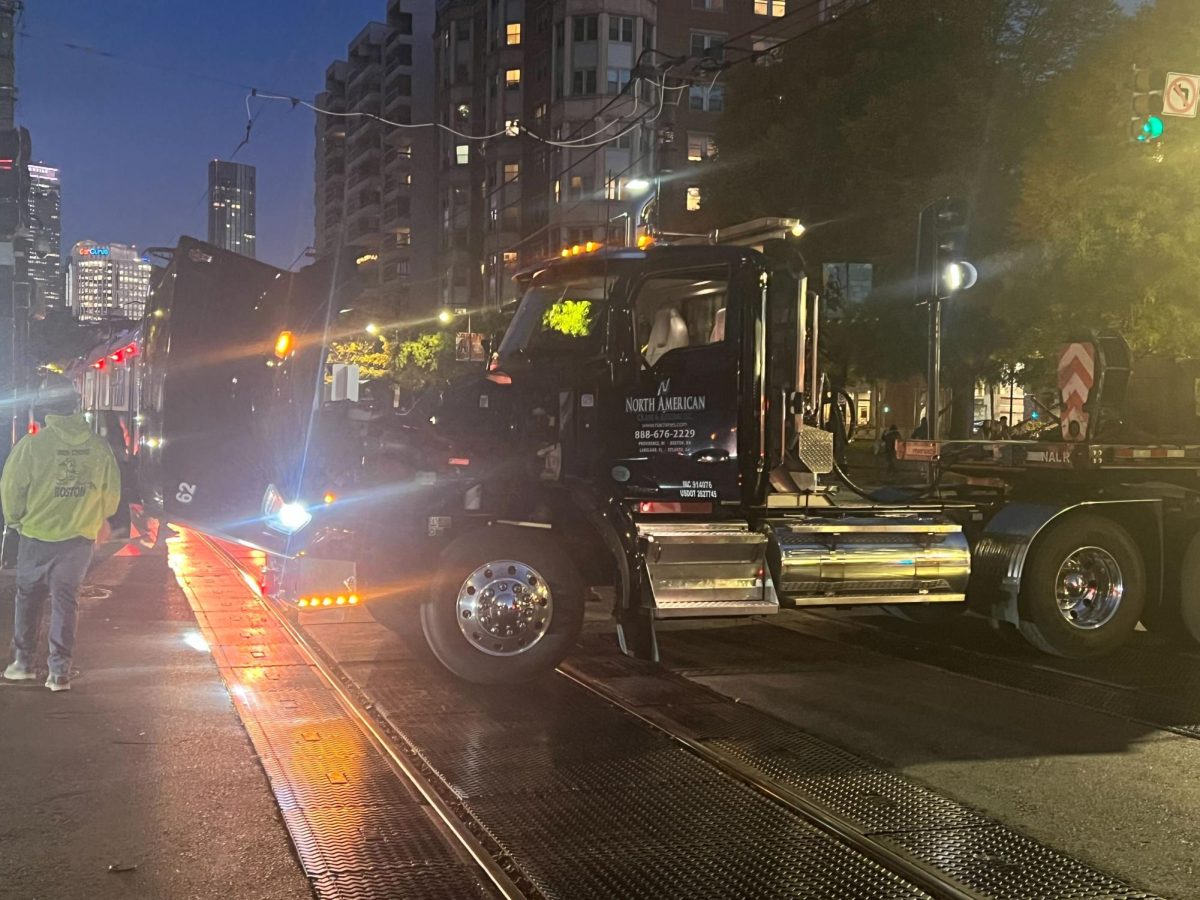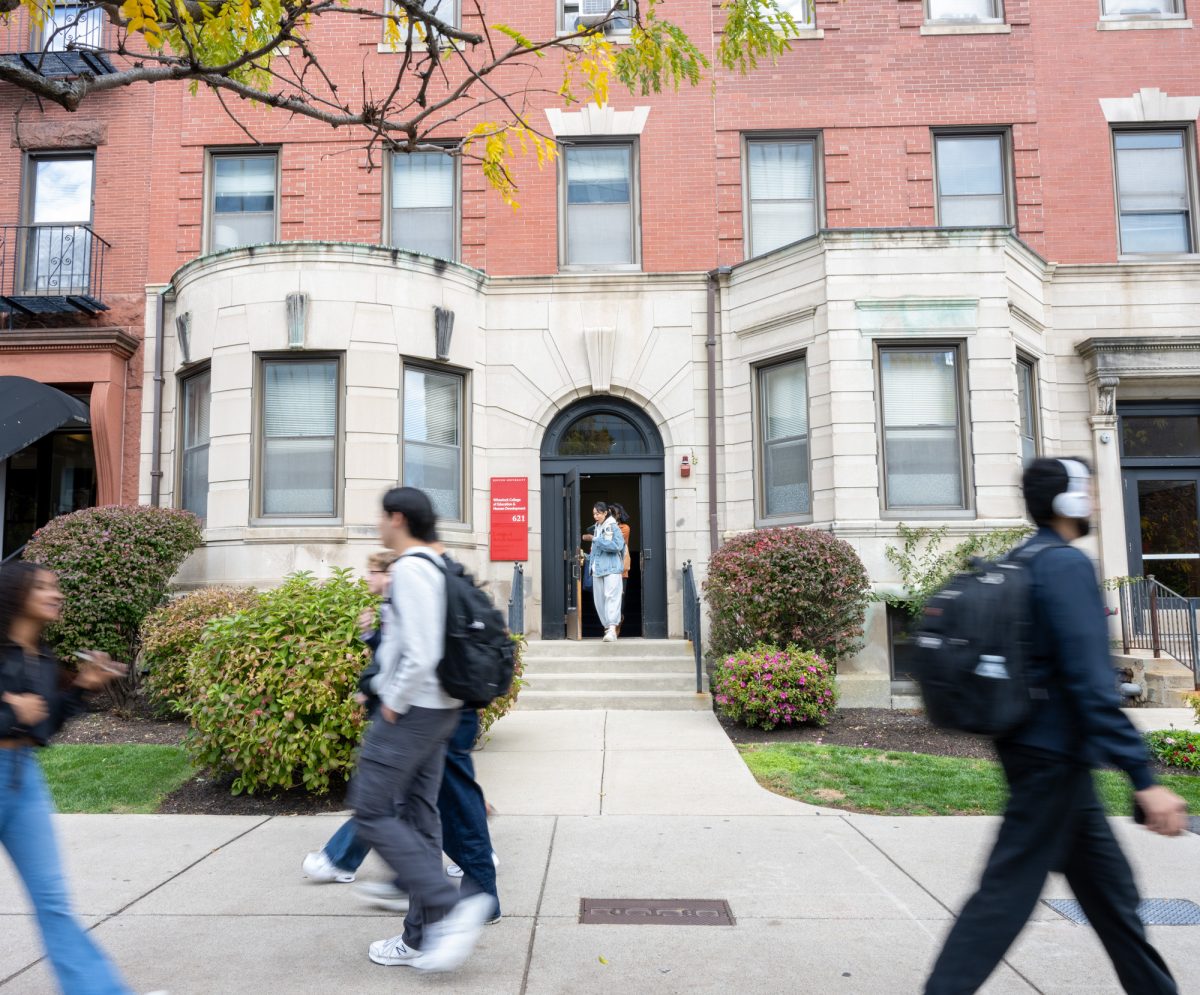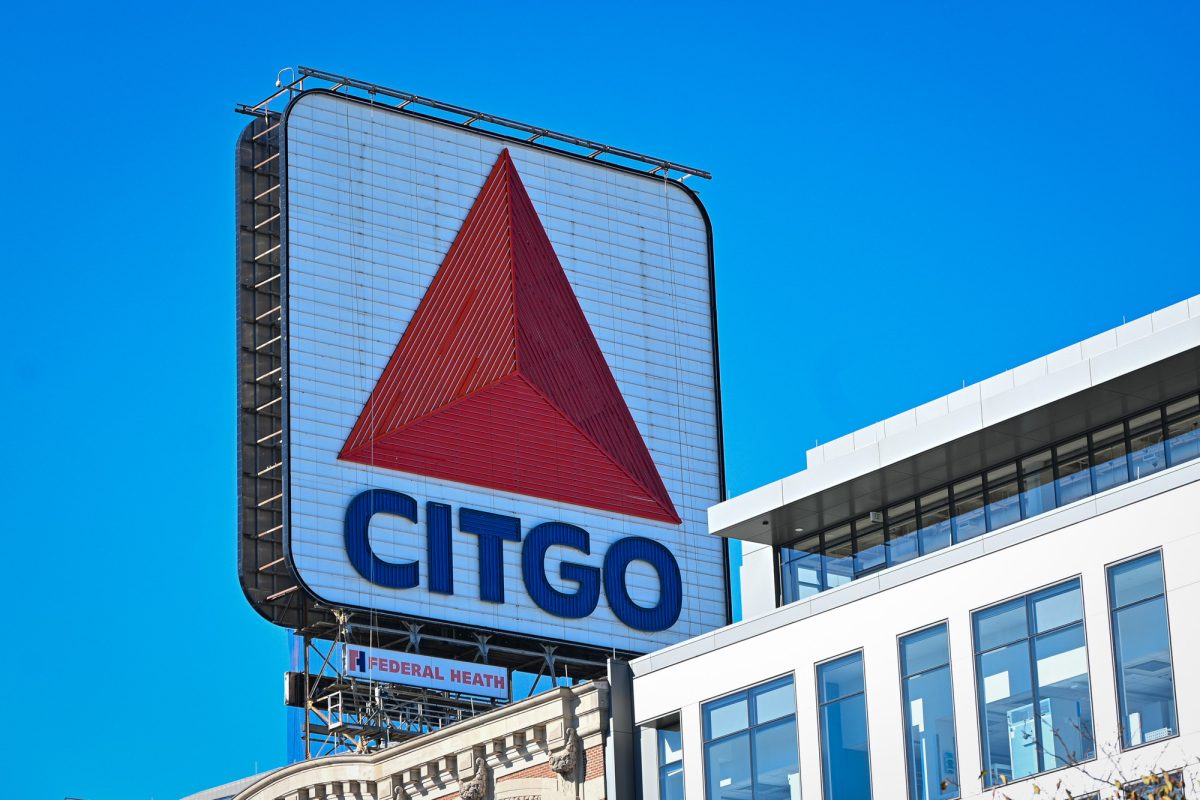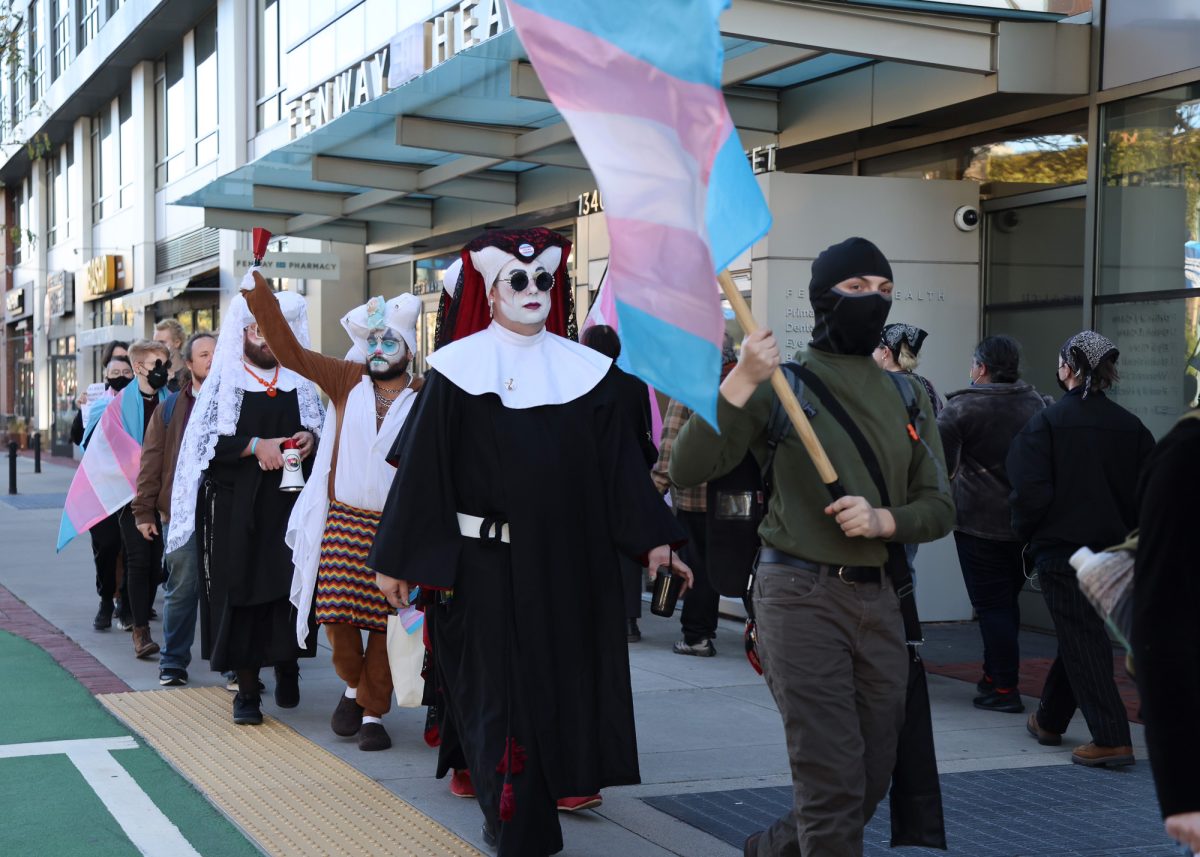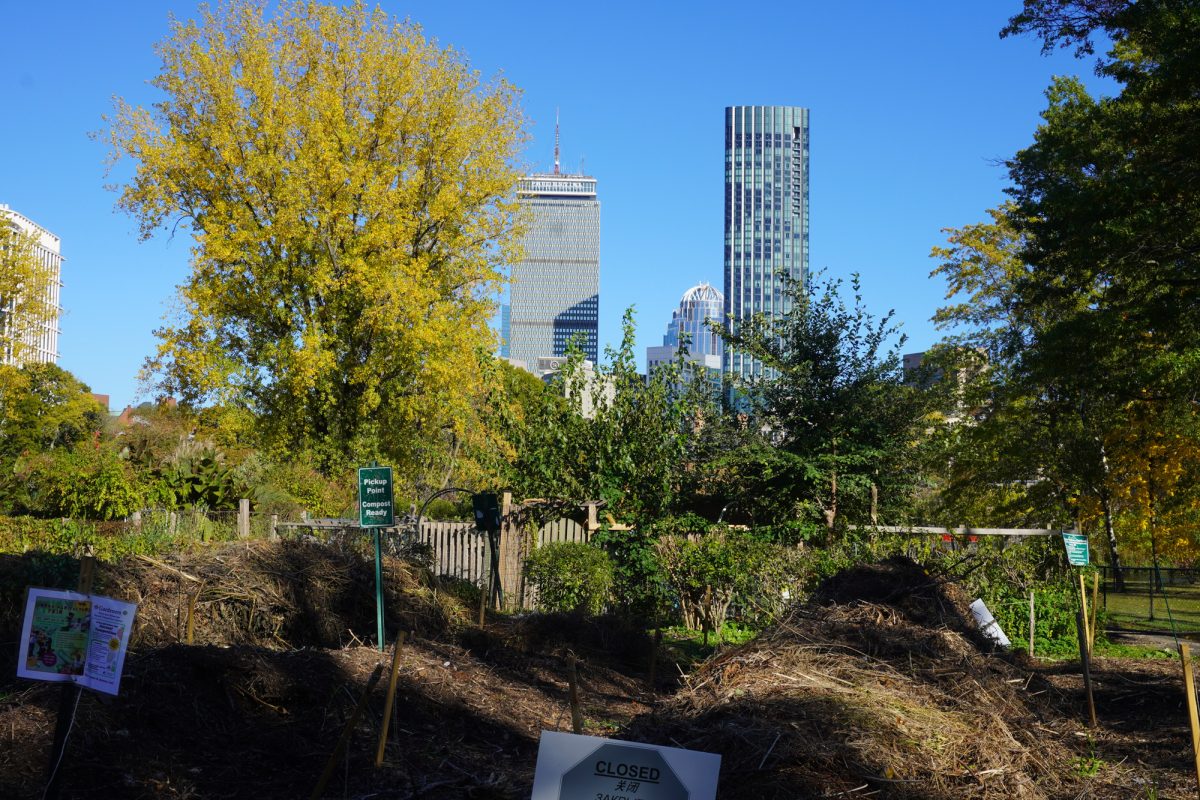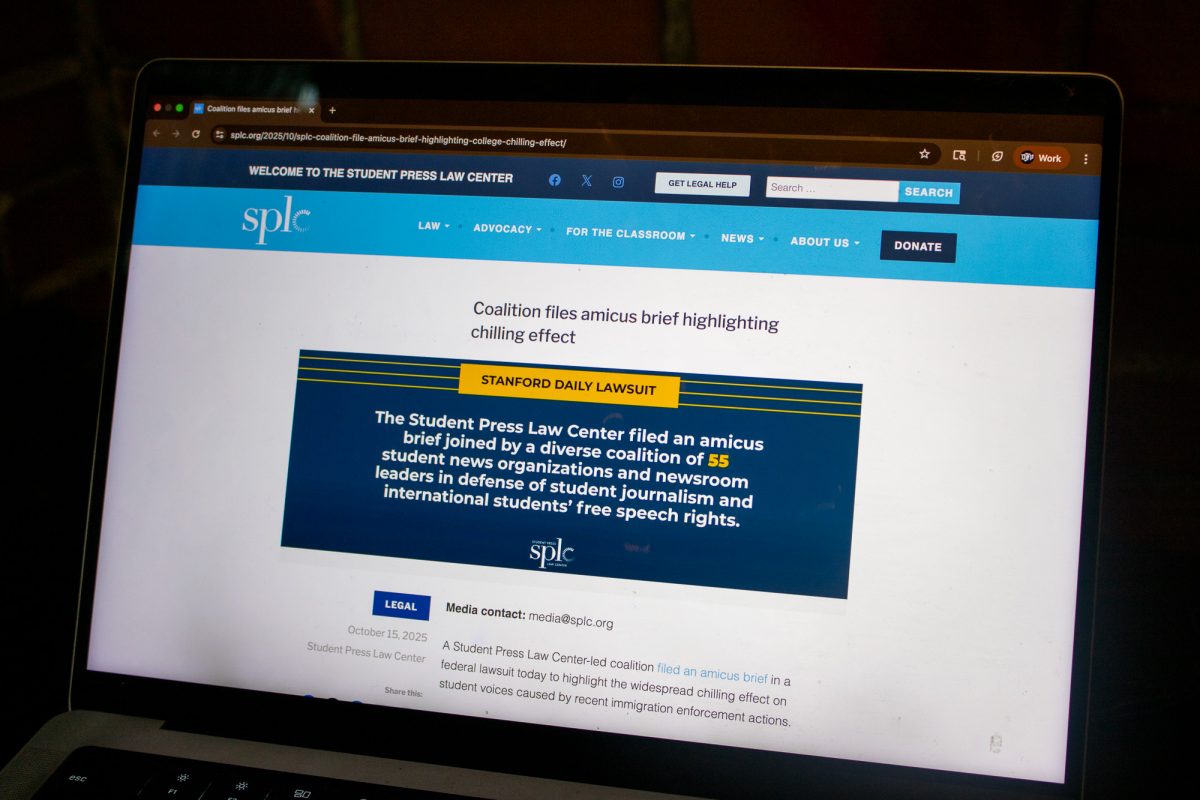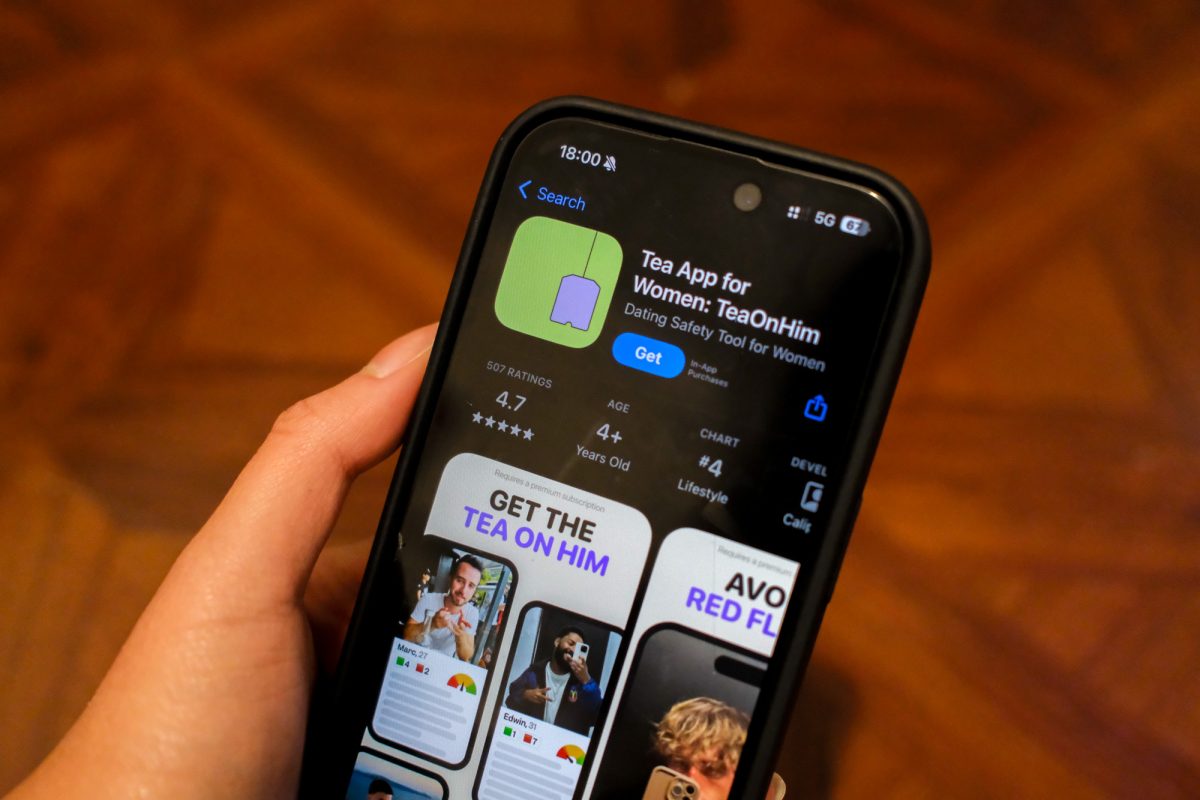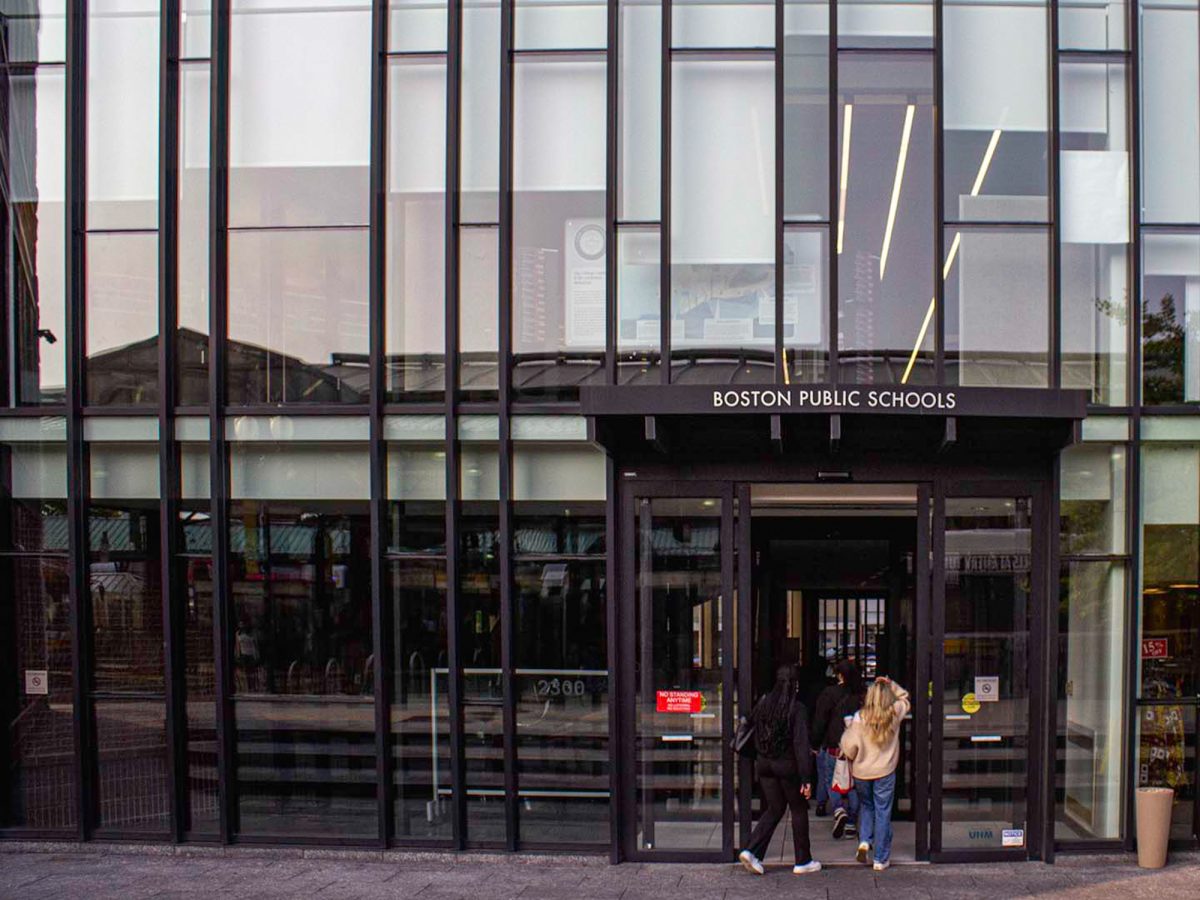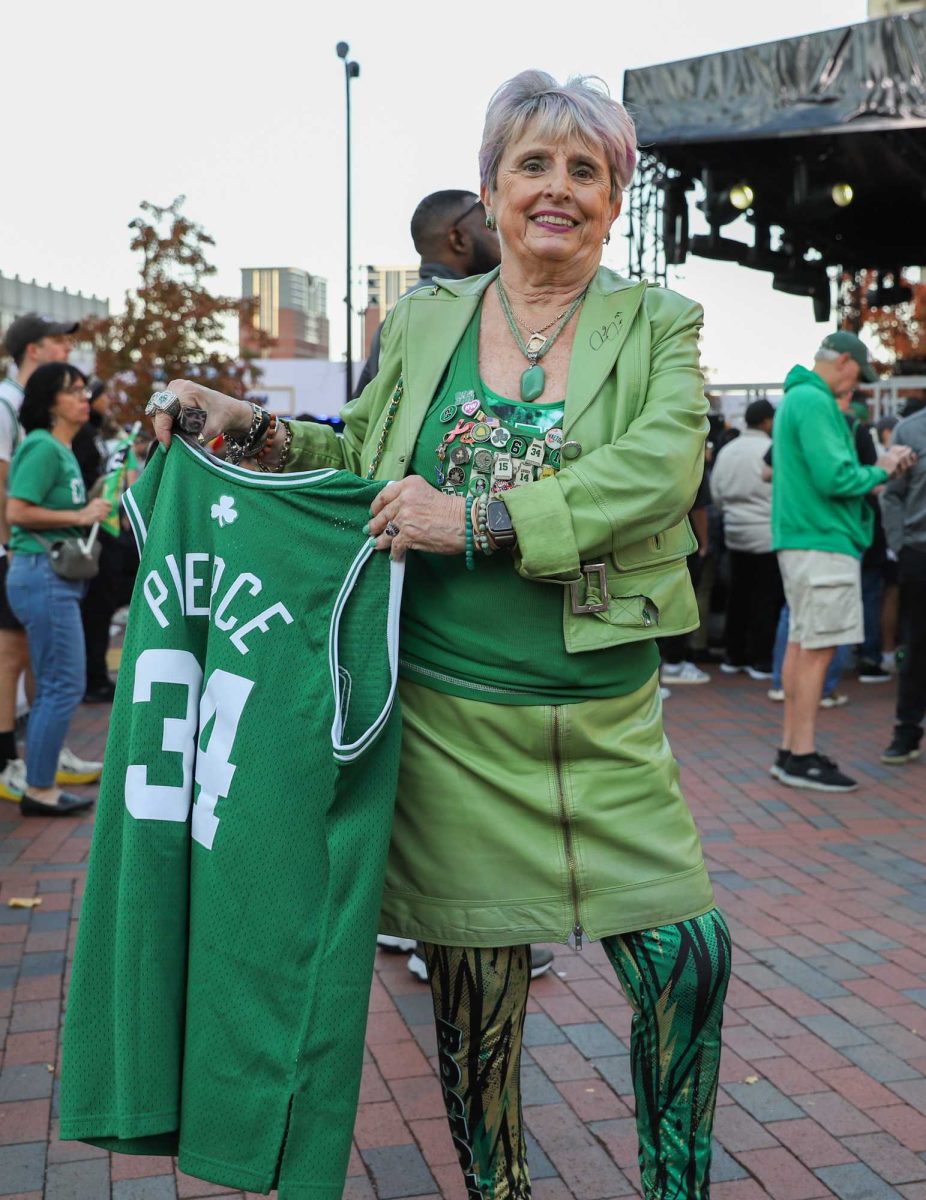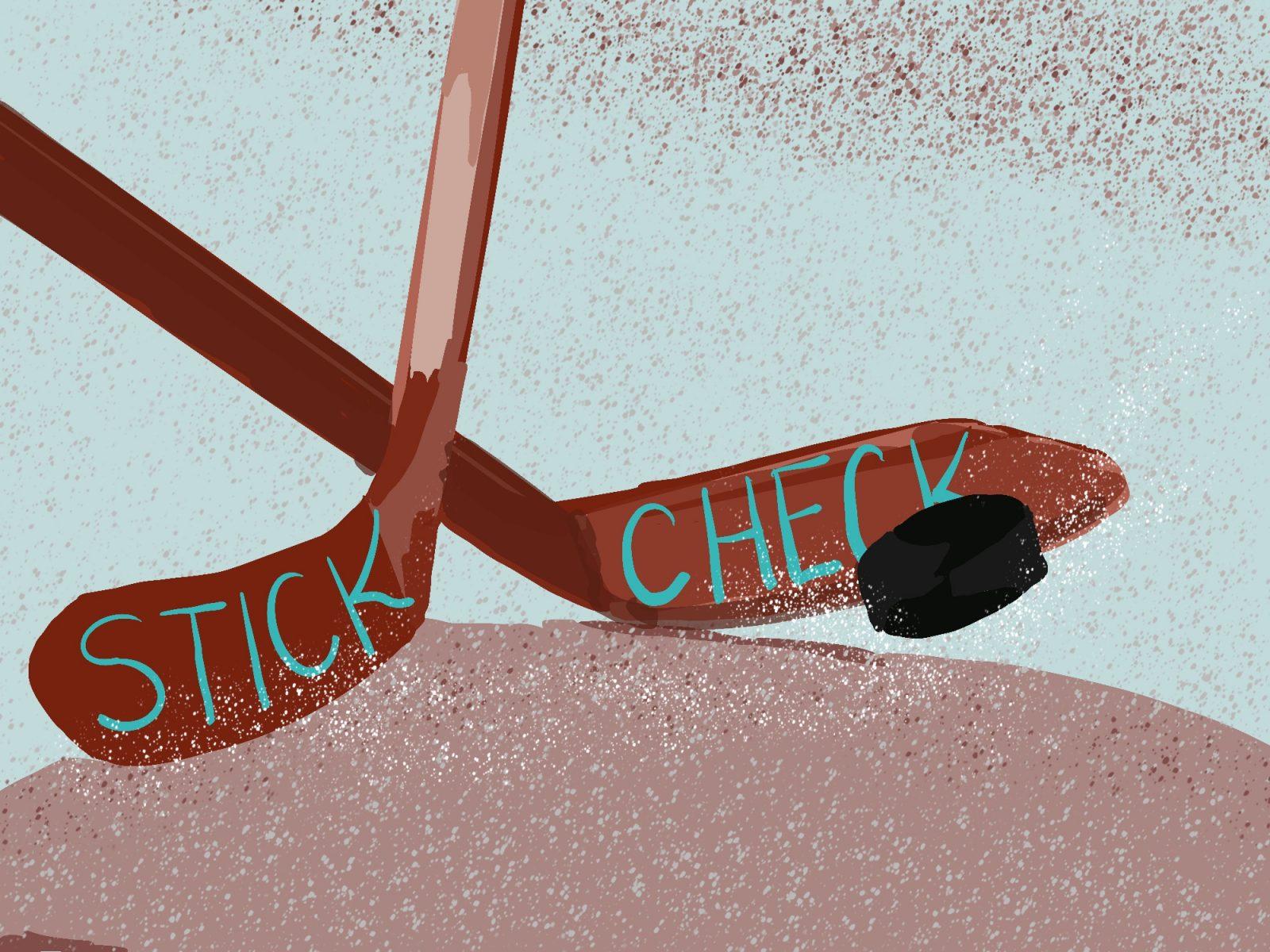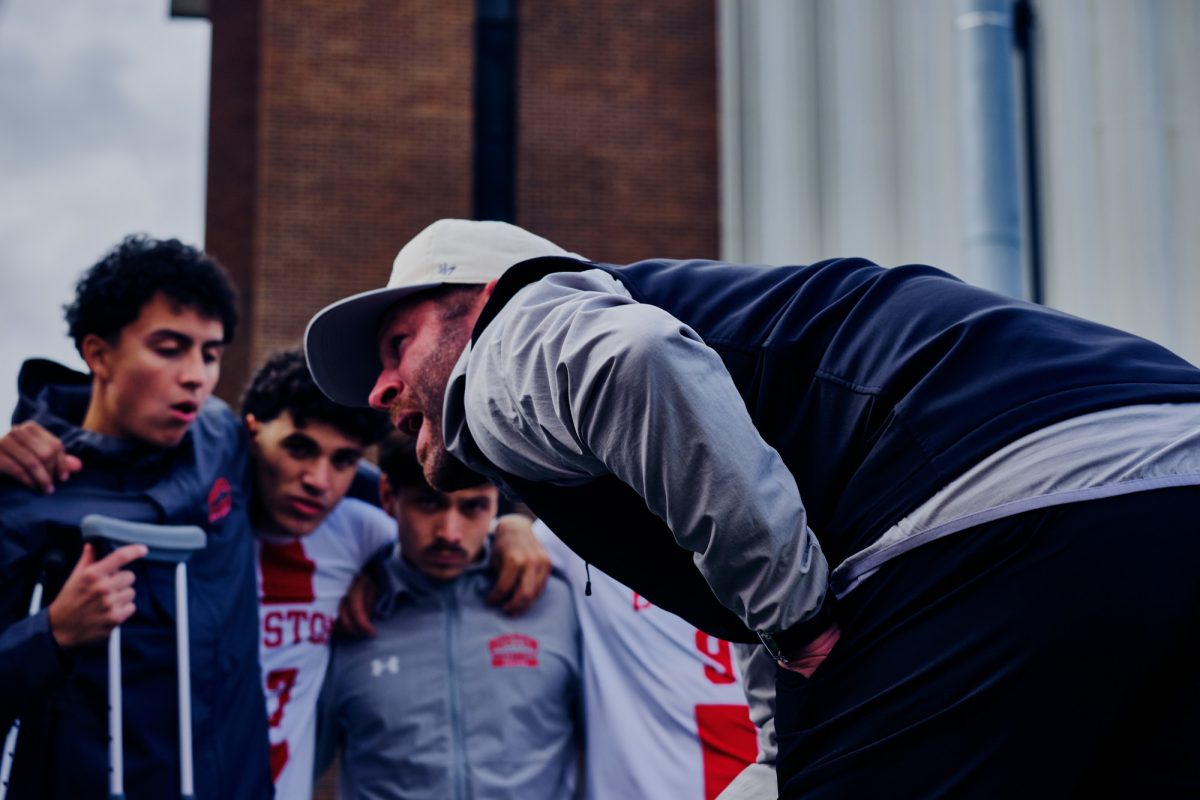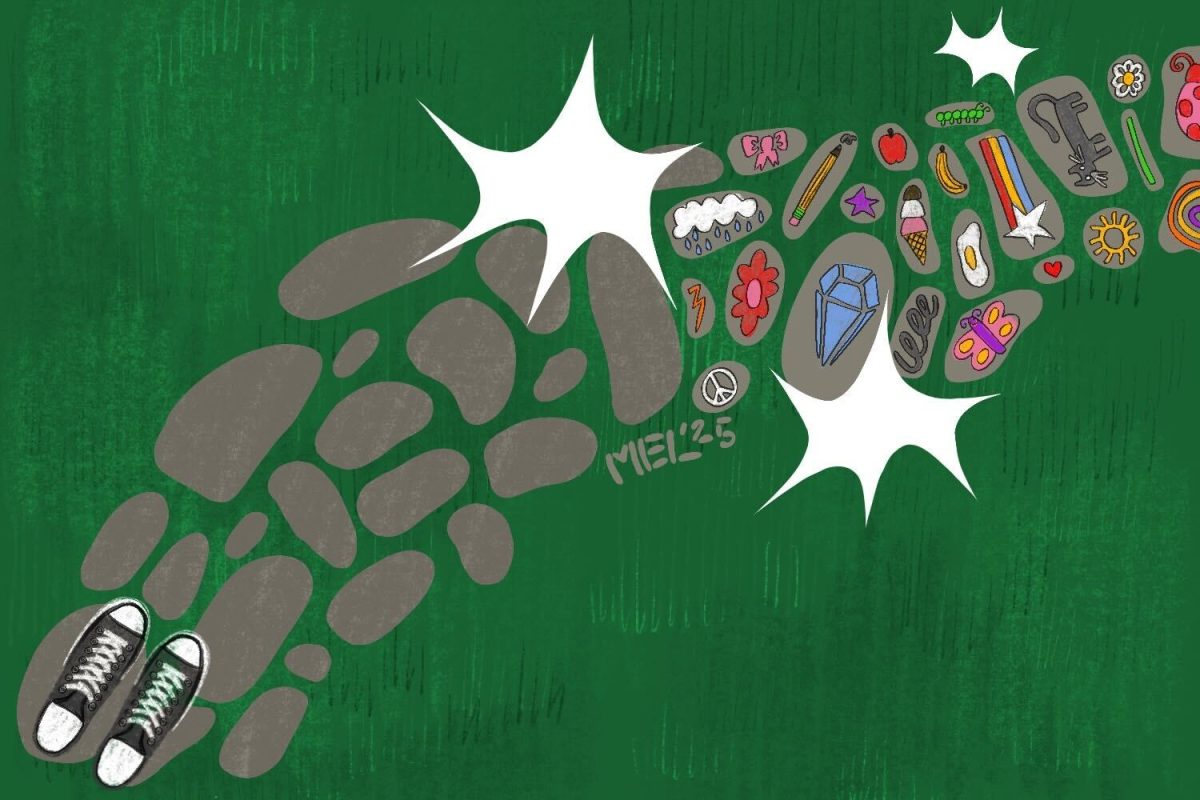When someone overdoses on opioids, their breathing and heart rate slow to a crawl, symptoms that can turn fatal within just a few minutes. Unless, that is, they have access to naloxone — otherwise known as Narcan. This “miracle drug” can pretty much raise someone from the dead, reversing the effects of opioids in just a few seconds, saving hundreds of lives across the U.S. each and every day.
On Tuesday, Bridgewater State University, located just over 30 miles south of Boston, announced that it is to become the first university in the United States to make Narcan widely accessible — available in 50 different defibrillator boxes on campus, including all 11 of the school’s residence halls.
Campus police said the response they’ve received has been overwhelmingly positive, claiming they have yet to see “any negative feedback whatsoever” — and rightly so. This initiative is a huge positive step for opioid awareness and safety, and hopefully one that is soon to be replicated on college campuses across the country.
Addressing serious problems on campus isn’t easy for a university to do, especially when it comes to issues as sensitive as drug addiction and overdose. However, considering the epidemic’s vast scale, not nearly enough is being done, especially here at Boston University.
Talking about issues like underage drinking and sexual assault has only recently become the social-norm on college campuses, although these things have been around as long as universities themselves. If these things had been addressed decades ago, they certainly would not have grown into the headline-making issues they are today.
In the article about Bridgewater State’s Narcan initiative, The Boston Globe cited the primary age range for overdose victims as being on a downward shift — from 30 to 39-year-olds to 20 to 29-year olds, a group that includes many college students. This demographic shift is one of the reasons that Bridgewater State decided now was the time to take action, and is also the reason that other colleges and universities must take heed and make education and prevention of opioid addiction a priority.
In a perfect world, campuses across the country would follow in Bridgewater State’s footsteps, and have Narcan easily accessible to all students. However, the constraints of reality mean that these efforts take money and resources.
The scale to which Bridgewater State is addressing the problem seems like it isn’t necessary at a school like BU, since news of overdoses on campus haven’t come, yet. However, BU’s administration could still take very real steps to address the problem without having to go so far as installing Narcan in 50 locations around campus. A few Narcan stations in student residences and campus hotspots could make a huge difference in a time of crisis.
Education about the issue is also crucially important, whether a school is providing Narcan to their students or not. Students who understand the dangers of opioids and know where they can get help when the need it can make all the difference — and hopefully keep a few more students from overdosing in the first place.
There’s a reason that Bridgewater State was the first school to take this step — the problem is still a relatively new one to this demographic. Many schools do not yet see this as a pressing issue. Opioids are not nearly as pervasive as the problems of alcohol abuse, sexual assault or other issues that BU works to address every day. However, it would be foolish to just wait around until the situation becomes dire enough for us to begin taking it seriously.
BU cannot just wait until we face the life and death realities of the opioid crisis — we need to act now and make some changes on campus, starting with educating our students about these drugs and the threats they pose.

